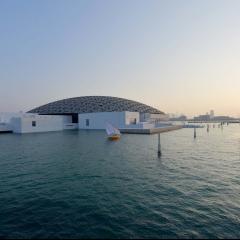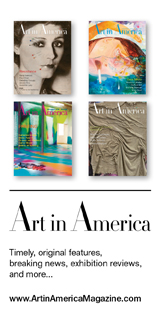How landmark buildings became weapons in a new Gulf war
News from the Web
On the Doha corniche, on the route into the city from its airport, a monumental pile of fibre-cement discs is nearing completion. It is the new National Museum of Qatar, where the country’s “cultural heritage, diverse history and modern developments” are to be displayed. It will, says its silver-tongued Parisian architect Jean Nouvel, “symbolise the mysteries of the desert’s concretions and crystallisations, suggesting the interlocking pattern of the blade-like petals of the desert rose”. It does indeed look like the clusters of sandy crystals that go by that name.
This is the same Jean Nouvel whose outpost of the Louvre opened last year in Abu Dhabi, which for now is one of Qatar’s enemies. He also designed the 238-metre Burj Doha, completed in 2012, which is from the same genre of anatomically suggestive towers as his Torre Glòries in Barcelona and Norman Foster’s Gherkin in London. The burj is the most memorable building in an instant downtown called West Bay, an extravagantly variegated constellation of vertical glass of a type now familiar from China to the Gulf to the US to London.
The museums and towers are at once expressions of progress and weapons in a cultural and architectural arms race. They combine good intentions and political calculation. They are signs of a hunger for identity and status in lands transformed within a lifetime by oil wealth. They are currency in the tricky and obscure negotiations that the leaders of the Gulf nations conduct, between conservative forms of Islam, authoritarian rule and selective versions of western liberalism. These states are surrounded by convulsions and conflicts in which they are themselves implicated, while aiming at home for prosperity, stability and the survival of their ruling regimes.
The physical transformations are manifestations of a fantastically speeded-up version of the processes by which cities were historically made, an evolution at x64 speed from small coastal towns to metropolises furnished with skyscrapers and universities. It is hard to overstate how radical this change is: these regions were at the limits of human habitation, made harsh and lightly populated by extreme heat and aridity. Oil and air conditioning have brought both physical comfort and influxes of migrants and expatriates, but the numbers of native Emiratis, Qataris and Kuwaitis remain small. There are, for example, 300,000 Qatari citizens, which is rather less than the 580,000-odd population of Luxembourg.
continue reading at theguardian.com























